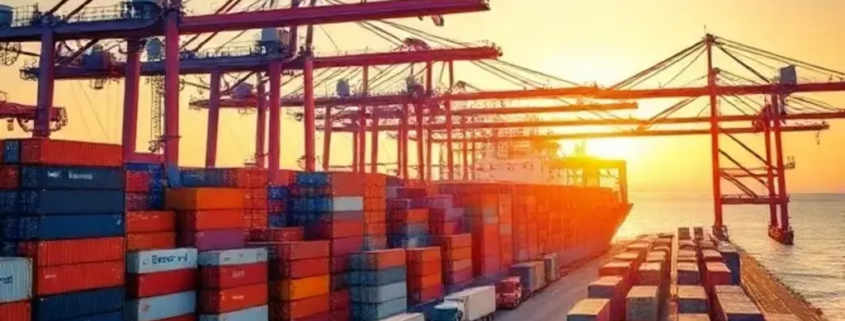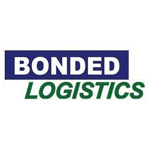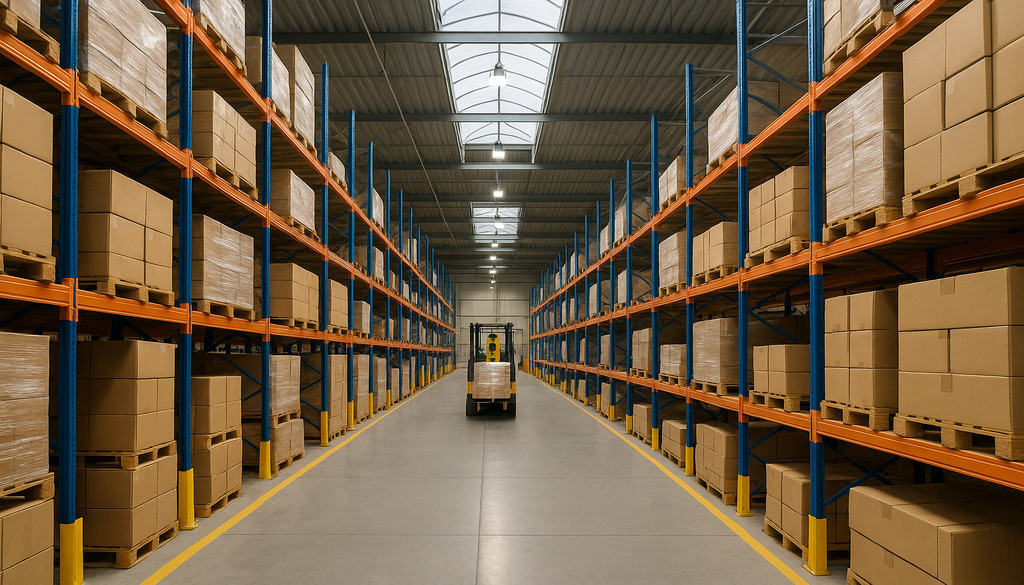7 Key Supply Chain Challenges of 2025 and How to Tackle Them
In the ever-evolving landscape of global commerce, supply chain professionals face a unique set of challenges as we approach 2025. With the world becoming increasingly interconnected, the complexities of managing supply chains have grown exponentially. This article delves into critical issues such as inflation, geopolitical unrest, and severe weather impacts, offering practical solutions to ensure resilience and efficiency in your operations. By understanding these challenges and implementing strategic solutions, supply chain professionals can not only navigate but also thrive amidst these complexities.
Understanding the Impact of Inflation on Supply Chains in 2025
As we move towards 2025, inflation remains a significant concern for supply chain managers worldwide. The global economy is witnessing fluctuating prices due to various factors, including increased demand, supply chain disruptions, and monetary policies. Inflation can lead to higher costs for raw materials, transportation, and labor, ultimately affecting the bottom line of businesses.
To mitigate inflationary pressures, companies can adopt smart procurement strategies. This includes diversifying suppliers to avoid over-reliance on a single source, which can lead to price hikes. Additionally, businesses can focus on cost management by implementing efficient inventory practices and leveraging technology to streamline operations. Renegotiating contracts to include escalation clauses that account for inflation can also provide a buffer against unexpected price increases.
Geopolitical unrest poses a significant risk to supply chain stability, with certain regions being more prone to conflicts. These disruptions can lead to delays, increased costs, and even complete halts in production. Understanding the geopolitical landscape is crucial for supply chain professionals to anticipate and mitigate these risks.
Creating flexible supply chains is essential to adapt to sudden changes in the geopolitical environment. This can be achieved by diversifying the supply base and establishing contingency plans that allow for quick adaptation. Companies should closely monitor political developments and engage in scenario planning to prepare for potential disruptions. By building resilience into their supply chains, businesses can maintain operations even in the face of geopolitical challenges.
Preparing for Severe Weather: Proactive Measures for Supply Chain Continuity
The increasing frequency of severe weather events, such as hurricanes, floods, and wildfires, poses a significant threat to supply chain continuity. These events can disrupt logistics, damage infrastructure, and lead to substantial financial losses. As climate change continues to exacerbate these conditions, supply chain managers must implement robust disaster recovery plans.
Proactive measures include investing in infrastructure resilience, such as reinforcing warehouses and transportation networks to withstand extreme weather. Additionally, companies can leverage technology, such as predictive analytics, to forecast weather disruptions and plan accordingly. Developing a comprehensive disaster recovery plan that outlines steps to be taken before, during, and after a severe weather event can minimize operational impacts and ensure business continuity.
The Ongoing Effects of COVID-19 and Global Lockdowns on Supply Chains
The COVID-19 pandemic has had a lasting impact on global supply chains, with ongoing challenges posed by new variants and potential lockdown scenarios. These disruptions have highlighted the need for agility and innovation in supply chain management to maintain operations and ensure worker safety.
Leveraging technology is crucial in navigating these challenges. Implementing digital solutions, such as remote monitoring and automation, can enhance operational efficiency and reduce reliance on manual labor. Additionally, adopting health and safety protocols, such as contactless deliveries and regular health screenings, can protect workers and minimize disruptions. By embracing technology and innovation, supply chains can remain resilient in the face of health crises.
Ecommerce Growth: Adapting Supply Chains for Increased Online Retail
The surge in ecommerce demand has transformed the retail landscape, presenting new challenges and opportunities for supply chain management. As consumers increasingly turn to online shopping, supply chains must adapt to meet the needs of both retailers and consumers.
To accommodate this growth, companies can enhance warehouse automation and optimize inventory management to ensure timely fulfillment. Improving last-mile delivery capabilities is also crucial, as it directly impacts customer satisfaction. By tailoring logistics and fulfillment strategies to the unique demands of ecommerce, businesses can capitalize on this growing market and maintain a competitive edge.
The Role of Third-Party Logistics (3PL) Providers in Overcoming Supply Chain Hurdles
Third-party logistics (3PL) providers play a vital role in helping businesses overcome complex supply chain challenges. By outsourcing logistics functions to 3PL providers, companies can access expertise, advanced technology, and broader networks that enhance operational efficiency.
When selecting a 3PL partner, businesses should evaluate their capabilities, technology offerings, and industry experience. A strong partnership with a 3PL provider can lead to improved logistics management, cost savings, and increased flexibility. By leveraging the strengths of 3PL providers, companies can effectively navigate supply chain hurdles and focus on their core competencies.
Integrative Technologies: The Backbone of Future-Proof Supply Chains
Emerging technologies are transforming supply chain management, offering solutions to streamline operations and improve visibility. Technologies such as artificial intelligence, blockchain, and the Internet of Things (IoT) are becoming integral to future-proof supply chains.
Case studies have shown successful technology implementations that enhance supply chain efficiency. For example, AI-powered predictive analytics can optimize inventory levels and reduce waste, while blockchain technology can increase transparency and traceability. IoT devices can provide real-time data on shipment conditions, enabling proactive decision-making. By embracing these technologies, supply chains can achieve greater efficiency, accuracy, and resilience.
Conclusion
As we look towards 2025, the landscape of supply chain management is set to face numerous challenges. From inflation and geopolitical unrest to severe weather and the ongoing effects of COVID-19, supply chain professionals must be prepared to navigate these complexities. By understanding these issues and implementing strategic solutions, businesses can enhance resilience and ensure continuous improvement in their supply chain operations. This guide provides a roadmap to not only survive but thrive in the face of these challenges, ensuring a robust and efficient supply chain for the future.
Optimize Your Supply Chain with Cadre Technologies
Navigating the evolving challenges of supply chain management requires agility, resilience, and the right technology. Cadre Technologies provides advanced warehouse and logistics management solutions designed to help businesses streamline operations, improve visibility, and enhance efficiency.
From automation to real-time tracking, our innovative solutions empower you to stay ahead in 2025 and beyond. Ready to transform your supply chain? Discover how Cadre Technologies can help today!
Frequently Asked Questions (FAQ)
How can supply chains manage the risk of inflation effectively?
Supply chains can manage inflation risks by diversifying suppliers, investing in technology to improve efficiency, and renegotiating contracts to include escalation clauses that account for inflation. Additionally, implementing cost-saving measures such as bulk purchasing and optimizing logistics can further mitigate inflationary pressures.
What are some effective strategies for dealing with geopolitical unrest?
Strategies include diversifying the supply base to avoid over-reliance on volatile regions, closely monitoring political developments, and establishing contingency plans for quick adaptation. Engaging in scenario planning and maintaining strong communication channels with suppliers can also enhance resilience against geopolitical disruptions.
How can technology help in mitigating the effects of severe weather on supply chains?
Advanced predictive analytics can forecast weather disruptions, while automation and robust infrastructure can minimize the operational impact of severe weather conditions. Additionally, real-time tracking and communication systems can provide timely updates and enable swift response to weather-related challenges.
What measures should supply chains take to adapt to the growing demands of ecommerce?
Enhancing warehouse automation, optimizing inventory management, and improving last-mile delivery capabilities are crucial for adapting to the increasing demands of ecommerce. Implementing flexible fulfillment strategies and leveraging data analytics to predict consumer behavior can also improve efficiency and customer satisfaction.
What are the benefits of partnering with 3PL providers in facing supply chain challenges?
3PL providers bring expertise in logistics management, access to broader networks, and advanced technology solutions that can help mitigate various supply chain challenges effectively. They offer scalability, allowing businesses to adjust operations based on demand fluctuations, and provide valuable insights into industry best practices.













